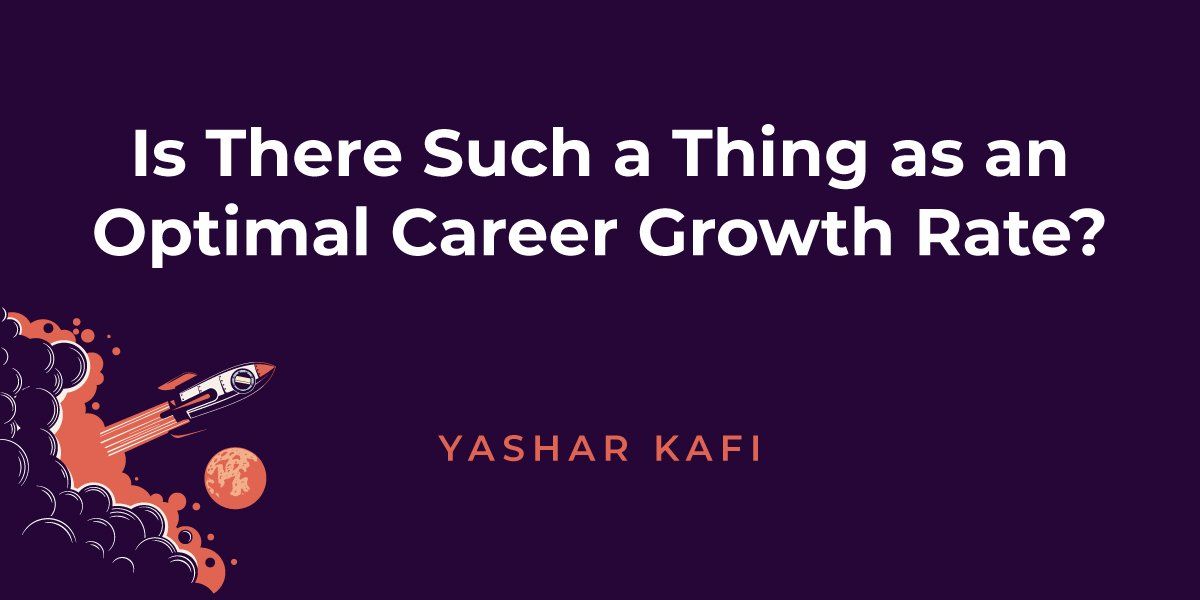Is There Such a Thing as an Optimal Career Growth Rate?
We have all heard the saying: “Keeping Up With the Joneses.” This mindset can be related to optimal career growth rate. It means measuring yourself against an understood ideal of success and status and then doing everything in your power to “keep up” with those standards.
Because measuring success is subjective, it inevitably leaves people to question their optimum career growth rate, assuming ultimate success is the goal (and, of course, it is!). But what would that look like, and how do you gauge or measure this?
We tackle this subject by looking at the various stages of career growth and discussing how fast your career should be growing.
Let’s look at three stages of career growth: follower, collaborator, and leader.
Career Growth Rates
Stage 1: First Jobs – Followers
This stage is usually your very first job, or in many cases, an internship you land upon graduating from college or university. In this stage, it’s most common to “follow” the lead of your immediate superiors. Unsurprisingly, the tasks associated with your role and this stage most commonly fall under the umbrella of action-oriented and task-focused work.
While this is not always everyone’s favorite stage (who likes being told what to do all the time?), it’s an essential starting point for your career. After all, you can’t be a great leader unless you first have followed someone and learned the ropes from a mentor that has more experience than you. Bottom line: Learn first, lead later.
Stage 2: Moving Up the Ladder – Collaborator
The second stage is the collaborator. In this stage, you learn the importance of teamwork and, in particular, being a team player that contributes and works well with other people. This stage helps you develop people skills that will prove invaluable on your career journey.
Too many people fail to realize how critical these people skills are and instead focus on the technical skillset of an individual. But you need both to truly succeed.
Stage 3: Management Material – Leader
The final stage is the leader stage, during which much of your time will be spent leading others. You will dedicate yourself to empowering and inspiring your team to think and act for themselves—your primary focus being motivating your people, so they excel in their activities at the office and beyond.
Career Growth Is Not Set in Stone
It’s important to note that while these are the “regular” stages of career growth, they certainly aren’t a one-size-fits-all model for everyone. Growth opportunities come in a lot of packages. For example, mentoring, leadership programs, continuing education courses, tuition repayment, promotions, retreats, and special projects are all opportunities for growth.
If you are looking to advance your career and are seeking out ideas and opportunities to show your employers that you want to grow as a professional and climb to the next rung on the ladder, indeed.com offers some excellent insights.
Also food for thought is that not everyone wants to be a manager. Some people love their work and are happy to do just that. If this describes you—fantastic! You do you. Everyone has different career goals, especially in 2022, and that’s okay.
Regardless of where you are on your career path journey, we are here to help and support you. Read our blog and connect with us today to learn more.




